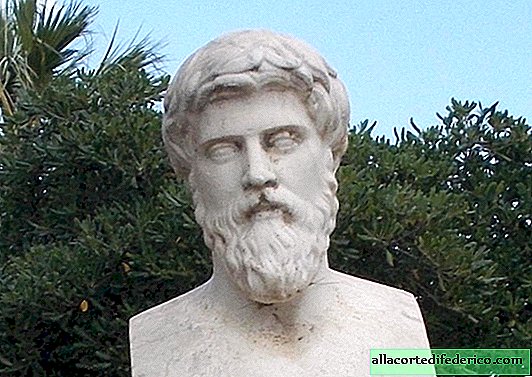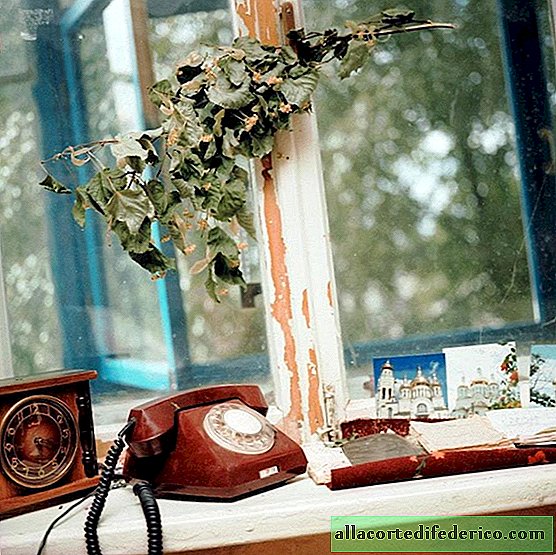Why are we afraid of the "evil eye", and how the ancients defended themselves
Almost every ancient culture had superstitions about the "evil eye" and curses. Belief in the evil eye of different nations still exists. People believe that someone can wish them bad luck by not looking at them well. Therefore, they came up with amulets that you need to carry with you to protect yourself from such an impact. Let's study the history of superstition.
The evil eye is an unkind, envious look. Successful people have always been jealous both in ancient times and now. Representatives of many ancient cultures, including the Egyptians, Greeks, Romans, Mesopotamians and Celts, sincerely believed that a person can bring unhappiness and suffering to another, simply by looking unkindly at another.
The power of the evil eye was so widespread that a lot was written about it. For example, around 100 AD Plutarch, the Greek philosopher, explained that the human eye is a powerful organ that can emit invisible energy rays. These rays, he added, were strong enough to kill small children and small animals. Around 250 AD the ancient Greek poet Heliodor of Emesa in his work "Ethiopics" wrote: "When someone looks at that beautifully, with an envious look, he fills the surrounding atmosphere with detrimental influence and spreads it to everything that is next to him. It is dangerous to be with such a person".
 Plutarch
PlutarchThe writings of Plutarch convey to us some thoughts of the philosopher on this subject. He believed that there are such groups of people who have a better eye curse than others. The tribes of people living south of the Black Sea succeeded especially well. However, like people with blue eyes.
Among the peoples of the Mediterranean, blue-eyed beauties and beauties were an unusual rarity. Blue eyes were considered unnatural, a deviation from the norm. They were a sign that their carriers are connected with the other world.
They were protected from them by blue amulets made in the form of an eye. The markets and eastern bazaars of ancient Istanbul and Cairo offered many amulets in the form of eyes painted in cobalt blue. Along the entire coast of the Mediterranean Sea, splashes of blue glass were inserted into such amulets. They are necessarily present in almost all archaeological finds of this region, from Assyrians and Phoenicians to Ottomans, Greeks and Romans.

Someone might think that the ability to curse their sworn enemies and rob them of good fortune is a wonderful property, but the stories and legends of ancient cultures tell us that this is not so. Such abilities were a curse for the person who possessed them.
 Amulet "Nazar Bondzhuk"
Amulet "Nazar Bondzhuk"Historians believe that the Greeks were the first to make amulets from curses. But especially well, this business flourished and flourishes in Turkey.
One of the most common amulets is the Nazar Bongjuk. It is an eye-shaped symbol with concentric rings that is designed to prevent the evil eye. It is popular among Turkic, Islamic peoples.
Another Middle Eastern amulet is Hamsa. It is made in the form of an open palm. Muslims call it "the hand of Fatima."
 Amulet "Hamsa"
Amulet "Hamsa"The ancient Egyptians used the Eye of Horus for such purposes, made in the form of a drawing depicting the line of the eye. This symbol guaranteed them prosperity and health.
Amulets are common around the world. Today they attract people with an exotic atmosphere, an unusual design. Most likely, even those who say that they do not believe in their strength, at least a little at heart, but still hope that this item will bring them happiness.
















